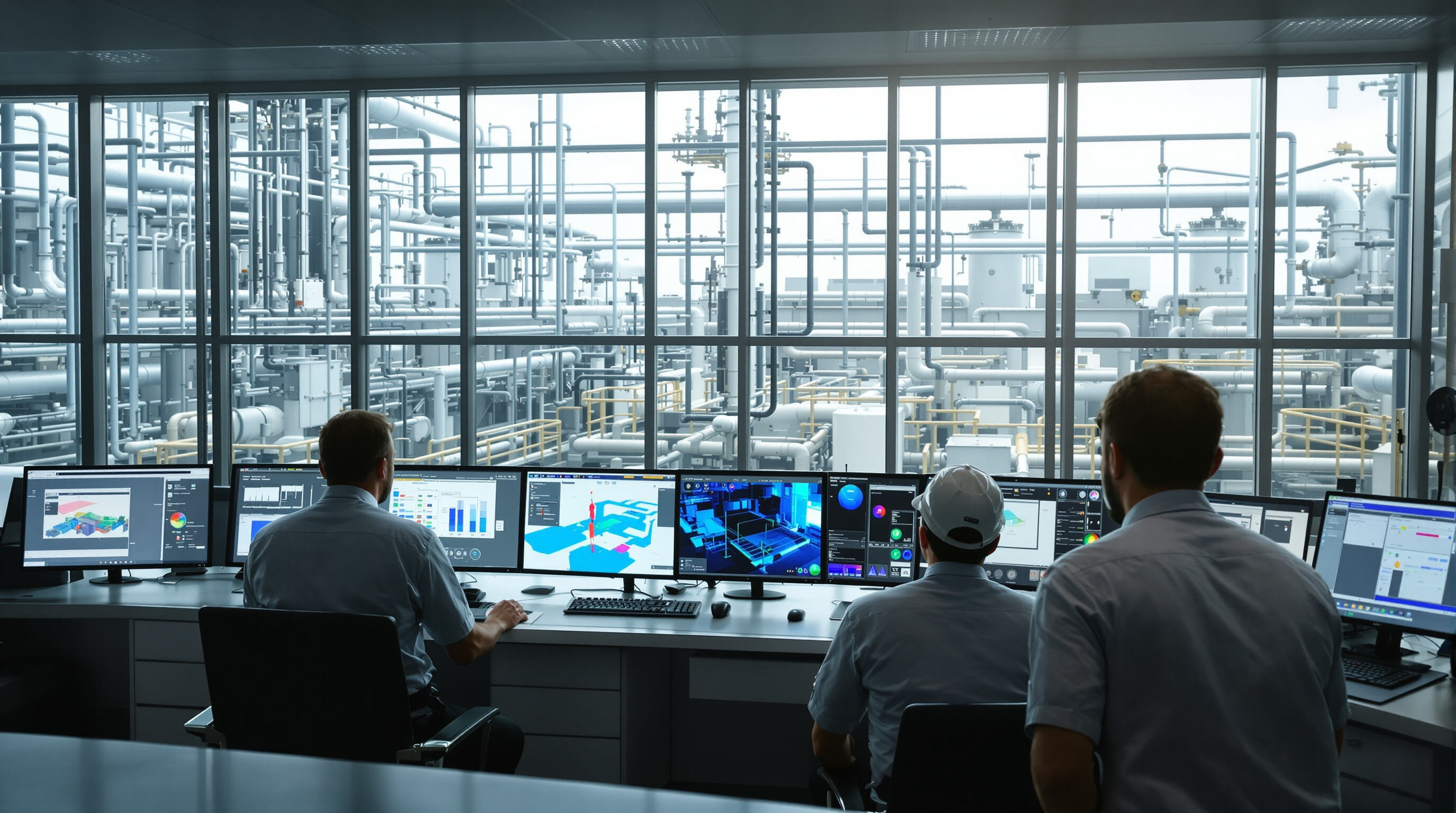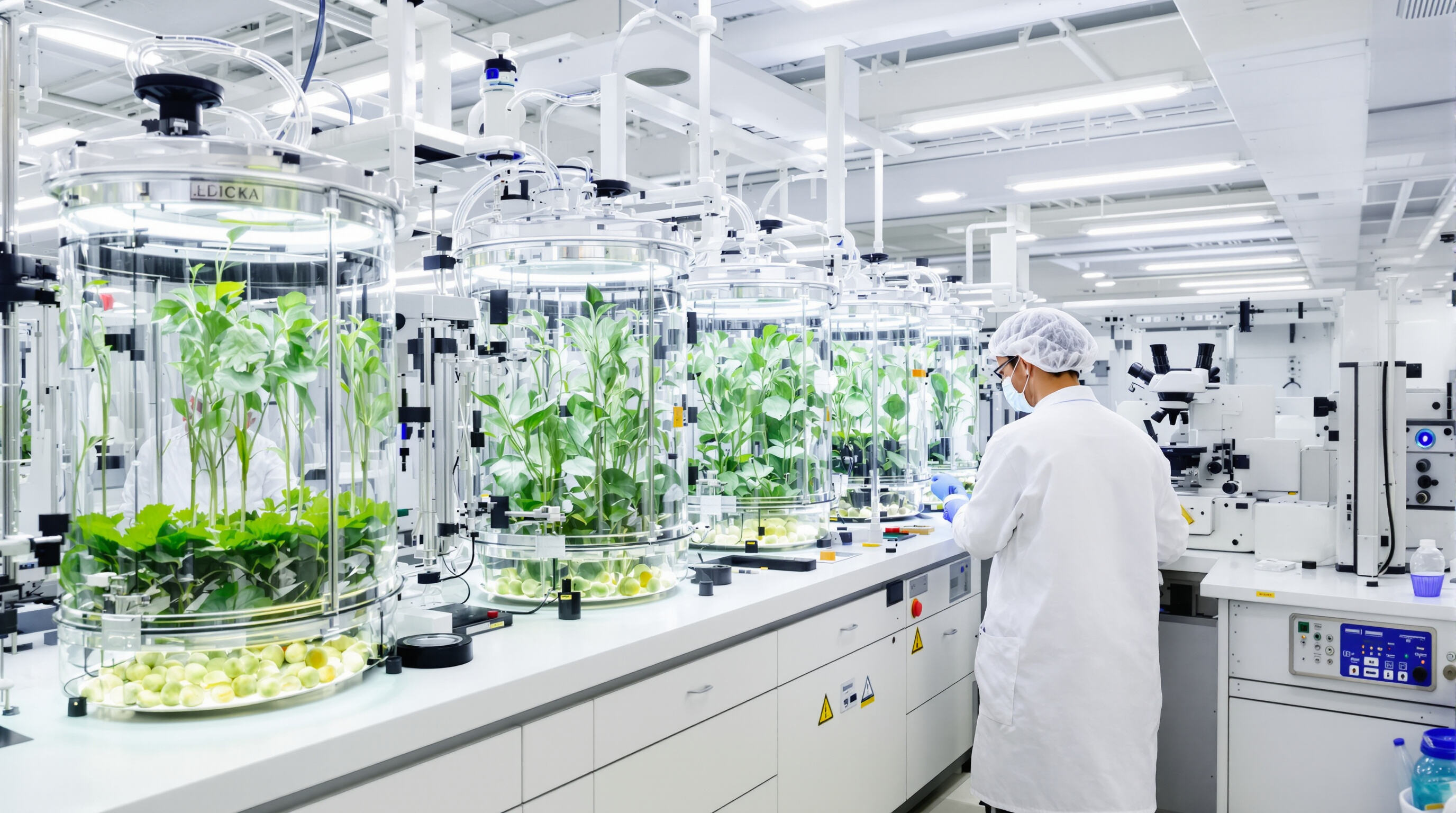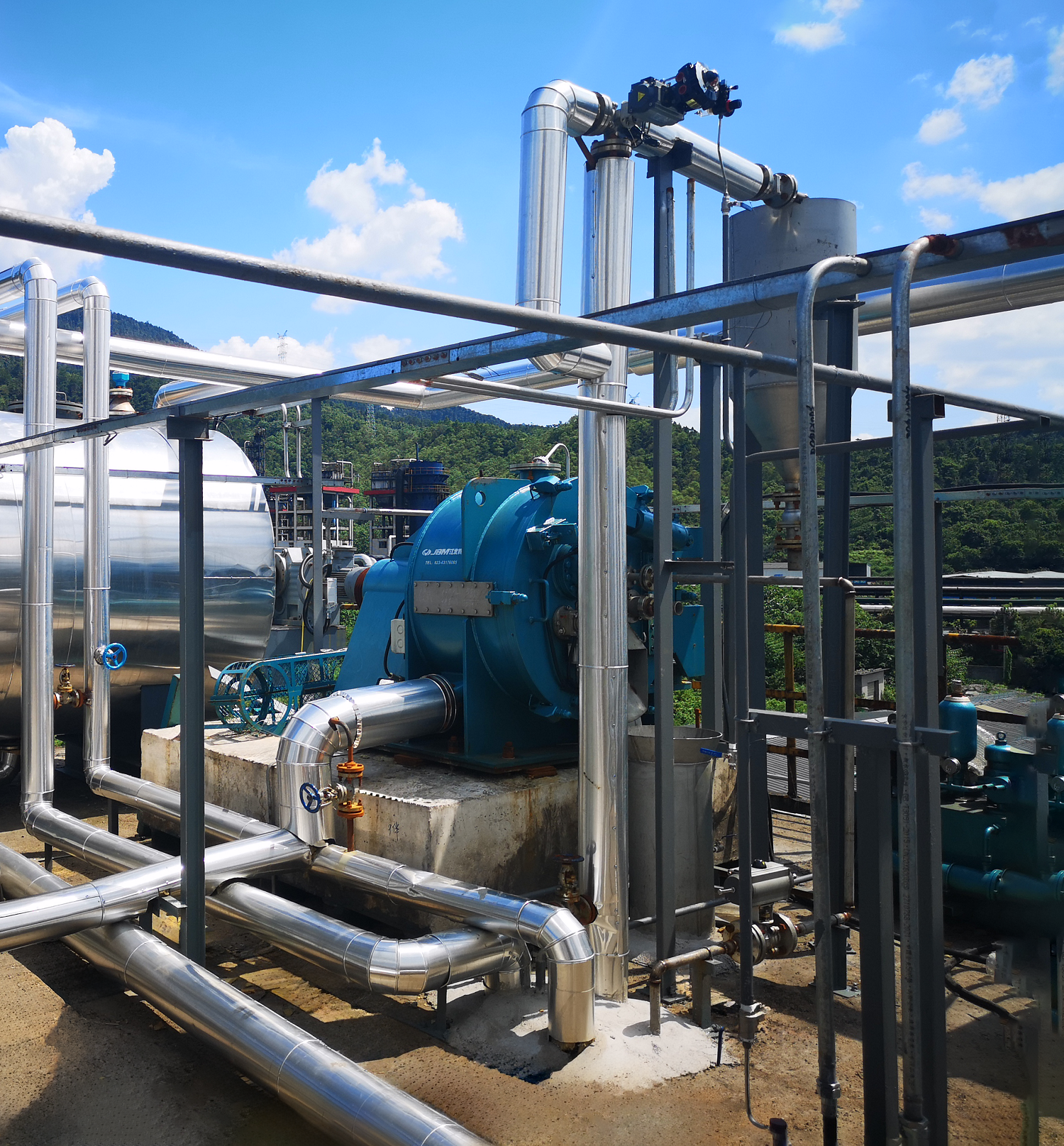AI and Machine Learning in Chemical Production Technology
The role of artificial intelligence and machine learning in industrial processes
AI and machine learning technologies are changing how chemicals get produced across industries today. These smart systems help predict outcomes, automate quality checks, and optimize processes in real time. When companies analyze all this data coming in from their operations, they adjust things like temperatures, pressures, and what goes into each batch. Some factories have seen waste cut down by around 30% just by implementing these changes according to the latest manufacturing reports from 2025. Another big benefit comes from ML models that actually spot when catalysts start breaking down about three days before they fail completely. This gives plant managers enough warning to schedule repairs without causing major disruptions in production schedules.
Big data and advanced analytics for process optimization
Chemical plants increasingly rely on big data to uncover hidden inefficiencies. Advanced analytics combine historical performance records with live sensor inputs to enhance energy efficiency and yield. At one ethylene facility, AI-driven heat exchanger controls led to a 12% reduction in steam consumption—demonstrating the tangible impact of data-informed decision-making.
Case study: AI-driven predictive maintenance in petrochemical plants
A refinery on the Gulf Coast cut unplanned downtime by 41% using AI-powered vibration analysis. The system processes 2.4 million data points daily from 380 rotating assets, detecting early signs of bearing wear and lubrication issues with 94% accuracy. Over 18 months, this prevented $8.7 million in potential losses due to emergency shutdowns.
Challenges in data integration and model interpretability
A lot has changed, but still around two thirds of chemical manufacturing companies struggle when trying to get their old SCADA systems to work with new IoT technology. Transparency issues with models continue to worry many operators too. Just think about it only about a quarter of plant managers actually place full confidence in AI suggestions without checking them first themselves. What's happening in the industry right now? Well folks are working hard to create standardized ways for data to flow between different systems while also developing better explanations for how AI makes decisions. These improvements should help more companies start using these technologies without feeling so uncertain about what they're getting into.
Future trends in AI-powered chemical process control
Emerging generative AI models are designing novel reactor configurations that boost mass transfer efficiency by 15–22%. The sector is moving toward autonomous operations, where self-correcting AI manages up to 90% of process decisions, supported by quantum computing simulations capable of modeling molecular dynamics at unprecedented resolution.
Digital Twins and Simulation Technologies for Real-Time Monitoring

Digital twin technology creates virtual copies of actual manufacturing facilities and is making real time monitoring much better through simulation of how equipment works and what happens during production processes. When connected to IoT sensors, these digital models keep tabs on things like pressure levels, temperatures, and flow rates across the system. According to Industry Report from 2025, this kind of monitoring cuts down unexpected shutdowns by around 25%. The ability to spot issues before they become problems means plant operators can make changes ahead of time, which not only keeps workers safer but also makes operations run smoother overall.
Internet of Things (IoT) in Manufacturing: Enhancing Connectivity and Control
The Internet of Things bridges older industrial setups with today's automated systems, bringing together data from all corners of chemical plants into one place. Tiny sensors placed throughout reactors, along pipes, inside storage containers send live information to central monitoring screens. This lets operators manage how materials move around and track energy consumption without being physically present at every location. For refineries specifically, implementing IoT based predictive maintenance techniques has added roughly 18 percent extra life to their equipment. Fewer breakdowns mean workers don't need to check machinery so often, and overall repair bills go down significantly over time.
Integration of Digitalization and Data Analytics in Smart Reactors
Smart reactors use machine learning to analyze historical and real-time data, automatically adjusting parameters such as catalyst dosage and mixing speed. This closed-loop control system reduces waste by 12–15% while ensuring consistent product quality, even in complex batch processes.
Industry 4.0 and Smart Manufacturing: A Paradigm Shift in Chemical Plants
The convergence of AI, IoT, and digital twins defines Industry 4.0’s transformation of chemical manufacturing. Facilities adopting these technologies report 20–30% faster time-to-market for new products, driven by agile process design and automated quality assurance.
Sustainable and Green Chemistry in Modern Chemical Production
Cleantech and Sustainable Production Methods Transforming the Sector
The latest cleantech breakthroughs are making it possible for chemical manufacturers to cut down on their environmental footprint while still keeping production running smoothly. A recent report from the Green Chemistry Review in 2024 points out that when companies start using things like catalytic converters alongside plant-based materials, they tend to slash solvent usage by around 40 percent and bring energy needs down about 25%. This kind of progress fits right into what green chemists have been talking about for years now the twelve guiding principles that focus on preventing waste at the source rather than cleaning it up later, plus creating chemicals that are inherently safer from day one.
Green Chemistry and Process Intensification for Reduced Environmental Impact
Process intensification—through modular reactors and continuous flow systems—enhances resource efficiency by shortening production cycles and minimizing raw material input. Solvent-free synthesis methods, for instance, achieve 90% atom economy in pharmaceutical manufacturing, drastically reducing hazardous byproducts.
Circular Economy & Green Chemistry: From Waste to Resource
Chemical plants across the industry are getting creative with waste management these days. Some are turning their CO2 emissions into useful industrial carbonates while others find ways to make bio-polymers from leftover agricultural materials. Early tests indicate pretty impressive results too - about seven out of ten parts of what would normally be thrown away in manufacturing can actually go back into the production line again. Beyond just following environmental regulations, this approach is starting to pay real dividends for companies. We're talking roughly 74 billion dollars saved worldwide each year when businesses implement these kinds of closed loop systems. Makes sense really, since keeping materials in circulation cuts down on raw material costs and disposal fees at the same time.
Biotechnology and Renewable Feedstocks in Chemical Synthesis

Bioprocess Engineering & Biotechnology in Next-Gen Chemical Synthesis
The field of bioprocess engineering has made great strides in turning renewable materials into valuable chemical products. Scientists are using CRISPR modified microbes combined with smart algorithms to boost yields for things like bio derived ethylene glycol and those environmentally friendly plastics we all hear so much about these days. These specially designed microorganisms can actually digest tough plant matter and turn it into useful building blocks for industry, cutting our reliance on oil based resources anywhere from 40 to 60 percent according to recent estimates. Researchers published findings in Nature last year showing that tweaking metabolic pathways allows for creating carbon negative methanol to olefin conversions, which stands as a real game changer compared to old school petroleum based methods still widely used across manufacturing sectors today.
Renewable Feedstocks and Bio-Based Chemicals: Replacing Fossil Resources
In EU biorefineries, lignocellulosic biomass, algae, and captured CO supply 28% of current feedstock demand. Bio-based propylene glycol (PG), derived from glycerol waste, matches petroleum-grade purity at 20% lower energy cost (Bio-Based Propylene Glycol Market Analysis). However, limited scalability in lignin valorization remains a barrier to full industry transition.
Biofuels & Biorefineries: Scaling Sustainable Alternatives
Third-generation biorefineries combine C1 feedstocks like CO with solar energy and agricultural residues to produce jet fuels and specialty chemicals. Scandinavian pilot plants have achieved 75% higher yields using hybrid electrochemical-biological conversion systems. Yet inconsistent international biofuel certification standards hinder widespread adoption, underscoring the need for harmonized regulatory frameworks.
Frequently Asked Questions (FAQ)
How are AI and machine learning changing chemical production?
AI and machine learning technologies optimize processes, predict outcomes, automate quality checks, and significantly reduce waste in chemical production.
What role does big data play in chemical manufacturing?
Big data helps uncover inefficiencies and improve process performance through historical record analysis combined with live sensor inputs.
How does AI-driven predictive maintenance work?
AI-driven predictive maintenance uses data like vibration analysis to detect early signs of equipment failure, reducing downtime and preventing significant losses.
What challenges exist in integrating old SCADA systems with new IoT technologies?
The primary challenges include data integration issues and model interpretability concerns that hinder seamless interaction between old and new technologies.
What trends are emerging in AI-powered chemical process control?
Trends include generative AI models designing efficient reactor configurations and the move toward autonomous process control supported by advanced simulations.
Table of Contents
-
AI and Machine Learning in Chemical Production Technology
- The role of artificial intelligence and machine learning in industrial processes
- Big data and advanced analytics for process optimization
- Case study: AI-driven predictive maintenance in petrochemical plants
- Challenges in data integration and model interpretability
- Future trends in AI-powered chemical process control
- Digital Twins and Simulation Technologies for Real-Time Monitoring
- Internet of Things (IoT) in Manufacturing: Enhancing Connectivity and Control
- Integration of Digitalization and Data Analytics in Smart Reactors
- Industry 4.0 and Smart Manufacturing: A Paradigm Shift in Chemical Plants
- Sustainable and Green Chemistry in Modern Chemical Production
- Biotechnology and Renewable Feedstocks in Chemical Synthesis
-
Frequently Asked Questions (FAQ)
- How are AI and machine learning changing chemical production?
- What role does big data play in chemical manufacturing?
- How does AI-driven predictive maintenance work?
- What challenges exist in integrating old SCADA systems with new IoT technologies?
- What trends are emerging in AI-powered chemical process control?

